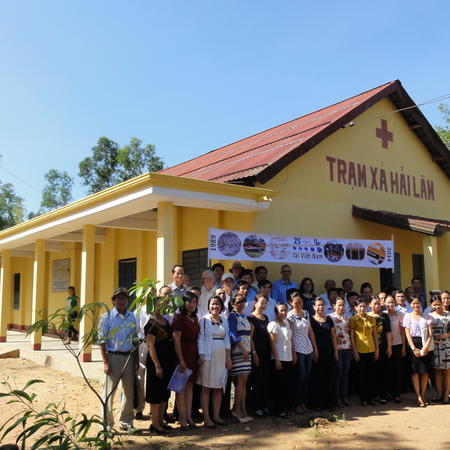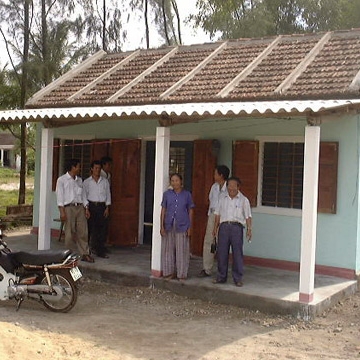World Bank Supports Vietnam to Tackle its Climate Change Challenges
WASHINGTON, February 2, 2012 -The World Bank Board of Directors today approved the Vietnam Climate Change Development Policy Operation, the first of a series of three operations to support the development and adoption of priority actions to strengthen policies, strategies and institutions needed to respond to Climate Change.
Vietnam is one of the most vulnerable countries affected by climate change, in particular to floods, storms, and sea-level rise. Climate change poses a significant threat to economic, social and human development, as well as the environment in the country. Impacts from climate change in Vietnam are expected to take a heavy toll on public finance.
The World Bank is providing a US$70 million credit from the International Development Association –its concessional lending resource for low income countries. This credit has a 25-year maturity with 5-year grace period.
The objective of this specific operation is to support Vietnam in its efforts to address climate change by adopting policies and strengthening institutional capacity to promote climate resilient and lower carbon intensity development.
The program focuses on four policy goals under the three thematic pillars of adaptation, mitigation and cross-cutting issues:
- Climate-resilient development: Improving the resilience of water resources
- Lower carbon intensity: Exploiting energy efficiency potentials
- Strengthening the capacity and preparedness to formulate, prioritize and implement climate change policies
- Strengthening the financing framework to support climate change action
Focusing on climate resilience and low carbon intensity development, the operation directly contributes to assisting Vietnam with sustainable development - one of the three pillars of the World Bank's new Country Partnership Strategy. Examples of outcomes supported by the program are enhancing preparedness and adaptation to natural hazards, improving the management of water resources and scaling up energy efficiency practices.











